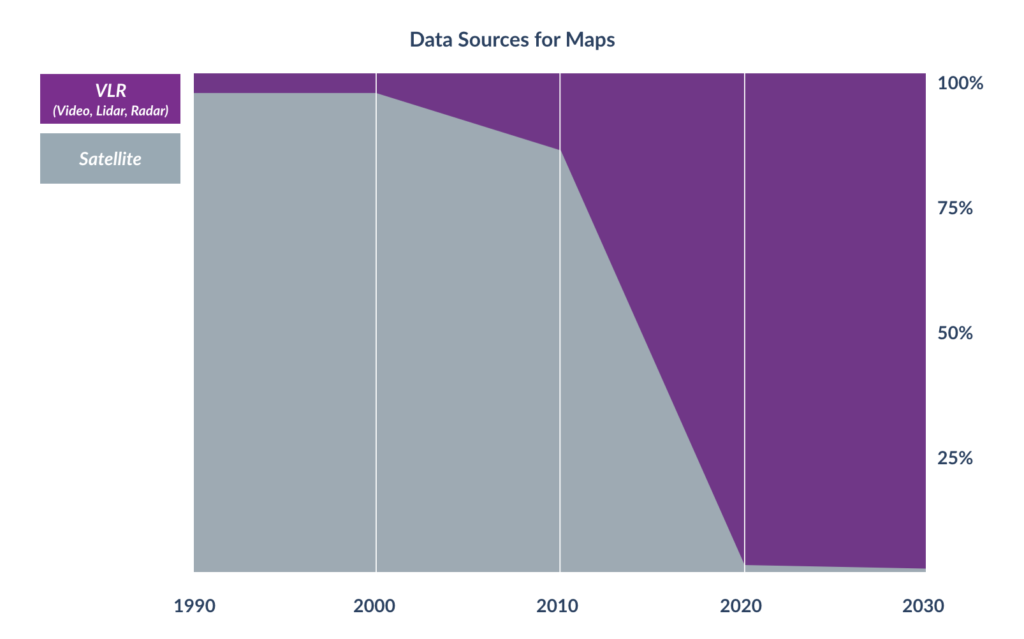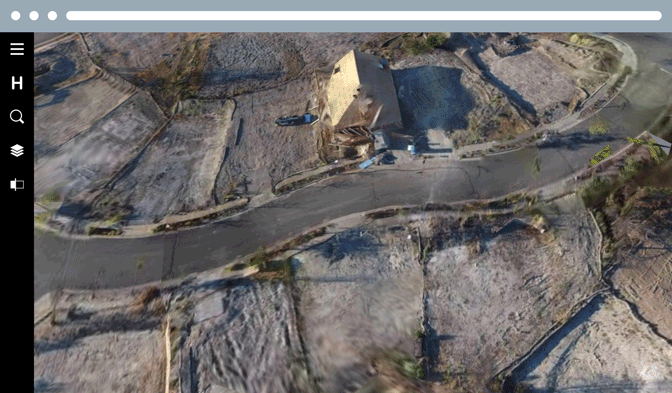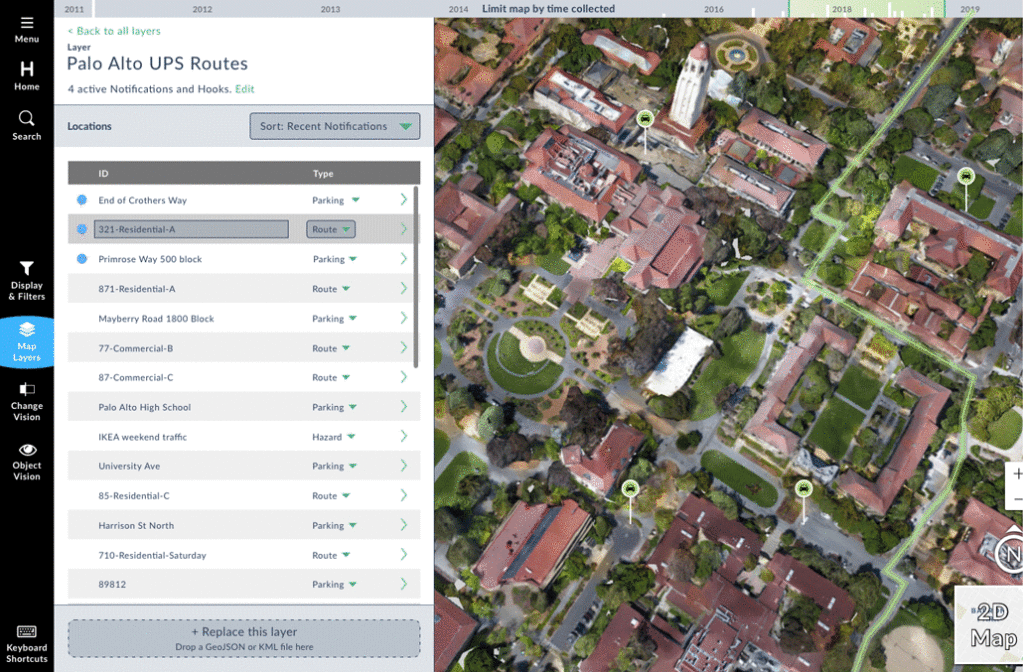The process behind how the 2019 Top 100 Geospatial Companies list was compiled
Before we take a look at the process, I would like to acknowledge the obvious: Any list is biased/flawed at some level and this list isn’t any different. That being said, Geoawesomeness is extremely proud of all our panelists and I am personally indebted to all of them for spending hours and hours reviewing the companies and providing their opinions with complete professionalism. It was a labor of love for all of them.
This may not be the absolute Top 100 Geospatial Companies and Startups list in the world, but it is certainly the Geoawesomeness Top 100 Geospatial Companies and Startups list.
Why Top 100? What is the purpose?
In addition to recognizing geospatial companies that are doing good work, the Top 100 Geospatial Companies and Startups list are intended to showcase the length and breadth of the industry and to serve as a reminder that geospatial applications and services are used by a wide variety of customers. Once this list is published, we intend to publish details about all the companies in our database and to maintain/update it regularly.
How did you decide the Top 100?
We assembled a panel of 16 people working in the industry to help us review the companies and come up with the Top 100 Geospatial Companies and Startups list for 2019 (Meet the panelists). The process was rather straight forward. Each member of the panel reviewed the companies giving them a “Yes” or a “No”. Each panelist also had the opportunity to nominate one company as a “Must be Included”. A “Yes” meant 1 point for the company and a “No” meant -1 point to the company. In the end, we totally the votes and the 100 companies with the most votes made it to the final list.
Comparing Apples and Oranges?
How do you compare say for e.g. Uber with StreetCred? Or a company in South Africa with a company from Germany? Well, honestly, it is an apple to oranges comparison. We left it to our panelists to review each of the companies and then decide whether they deserve a place on the list.
Which Companies were considered?
The panel reviewed all the companies that were part of the original (2016) Top 100 Geospatial Companies and Startups list compiled by Aleks together with all the companies that submitted their details as part of the campaign to update this list (Related: Help us identify the Top 100 Geospatial Companies and Startups). Around 200+ companies were reviewed.
A big THANK YOU!
Last but not the least – I would like to take this opportunity to acknowledge and thank all of our panelists – Denise, Katie, Rohini, Miriam, Paula Julia, Paula, Aleks, Alex, Iyke, Alberto, Louis, Steven, Will, Sajjad, and Javier for their support. This list wouldn’t exist if not for them!





